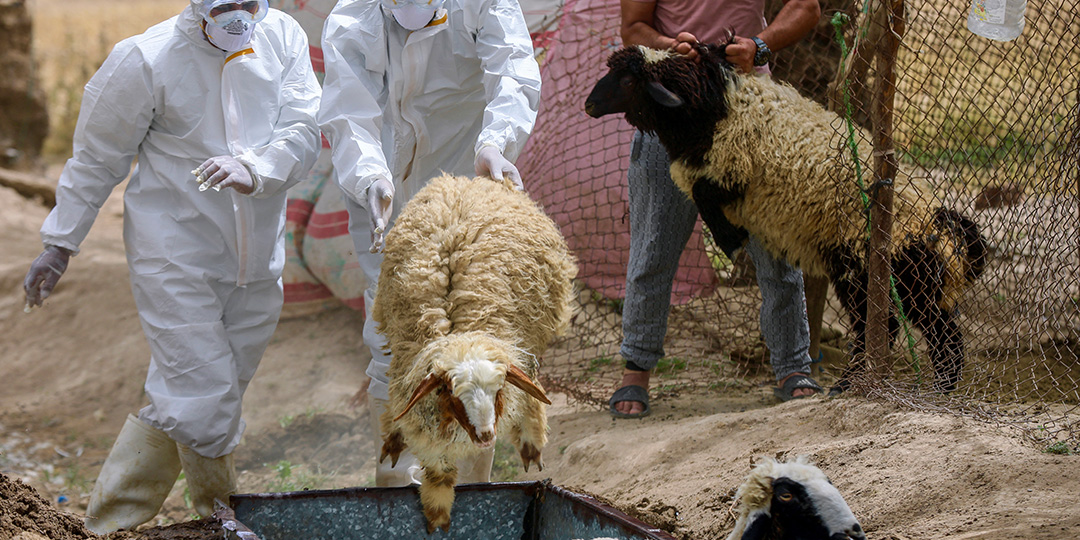Iraq’s Ministry of Health announced Wednesday that deaths from hemorrhagic fever have risen to 42 since the beginning of 2025, out of 296 confirmed infections. The ministry urged the public to follow preventive measures when handling livestock, which contribute to the spread of this viral disease.
According to the World Health Organization (WHO), Crimean-Congo hemorrhagic fever is transmitted to humans “either through tick bites or by contact with the blood or tissues of infected animals during and immediately after slaughter.”
Iraq, which reported its first cases of the virus in 1979, had announced on July 21 that 30 people had died out of 231 infections recorded since the start of the year.
Health Ministry spokesperson Seif al-Badr told the state-run Al-Sabah newspaper on Wednesday: “A total of 42 deaths from hemorrhagic fever have been recorded out of 296 confirmed cases in the past nine months since the beginning of this year.”
Most cases were detected in Dhi Qar province (114 infections, including 11 deaths), a poor rural area in southern Iraq where cattle, sheep, goats, and buffalo are raised—all of which can act as intermediary hosts for the disease.
There is currently no vaccine for humans or animals. Early symptoms include fever, muscle pain, and abdominal pain. As the disease progresses, it can lead to bleeding from the eyes, ears, and nose, followed by organ failure, with a fatality rate ranging from 10 to 40 percent of patients, according to WHO.
Cattle breeders and butchers are among the most at-risk groups, the Health Ministry noted, though al-Badr stressed that “all groups are at risk unless preventive measures are taken.”
Between January 1 and May 22, 2022, Iraq recorded at least 212 infections and 27 deaths from hemorrhagic fever, according to WHO. At the time, a WHO official attributed the spike in cases to several factors, including the absence of livestock sterilization campaigns in 2020 and 2021 due to COVID-19 restrictions, which led to “an increase in insect populations.”
AFP ©








